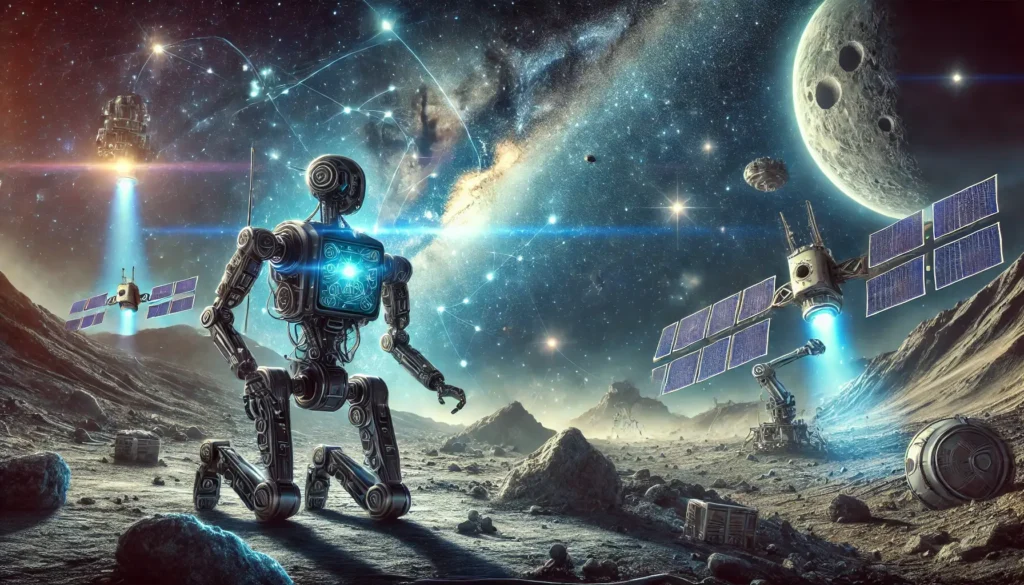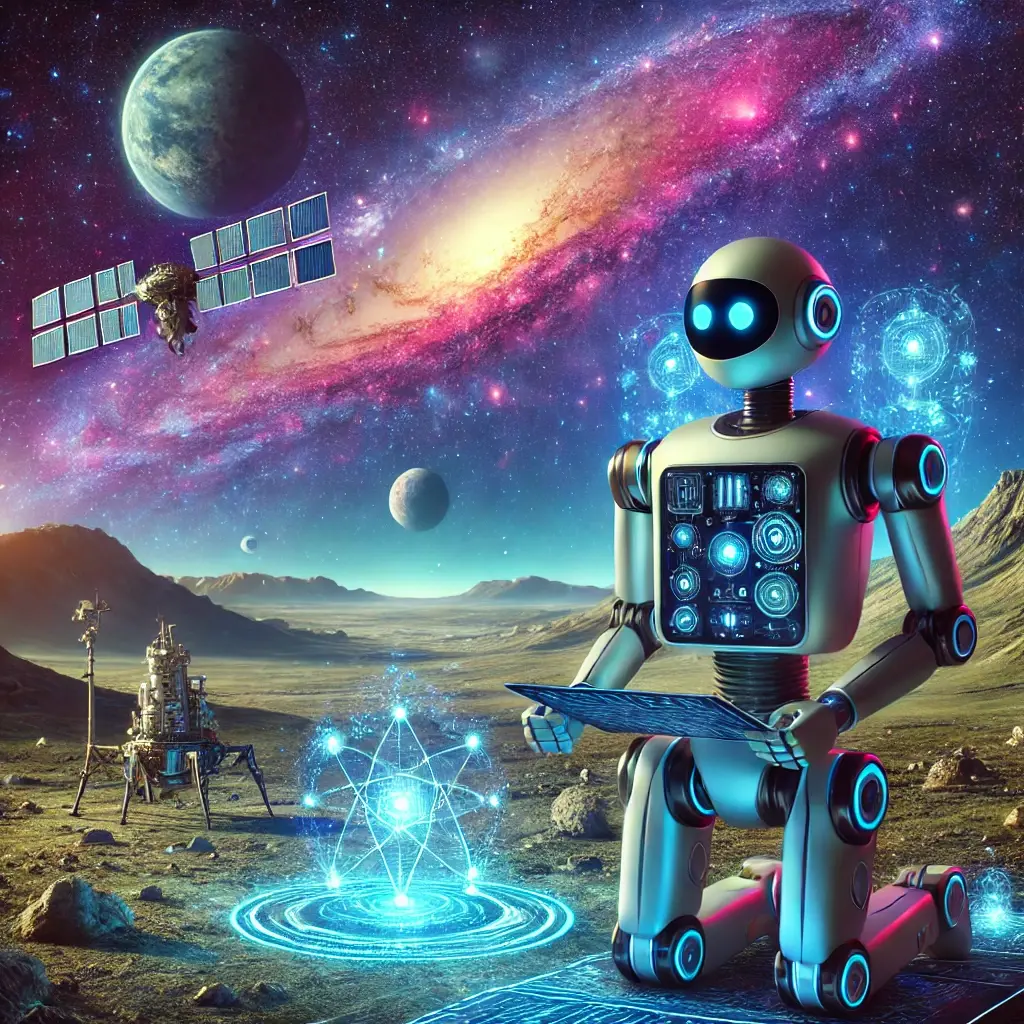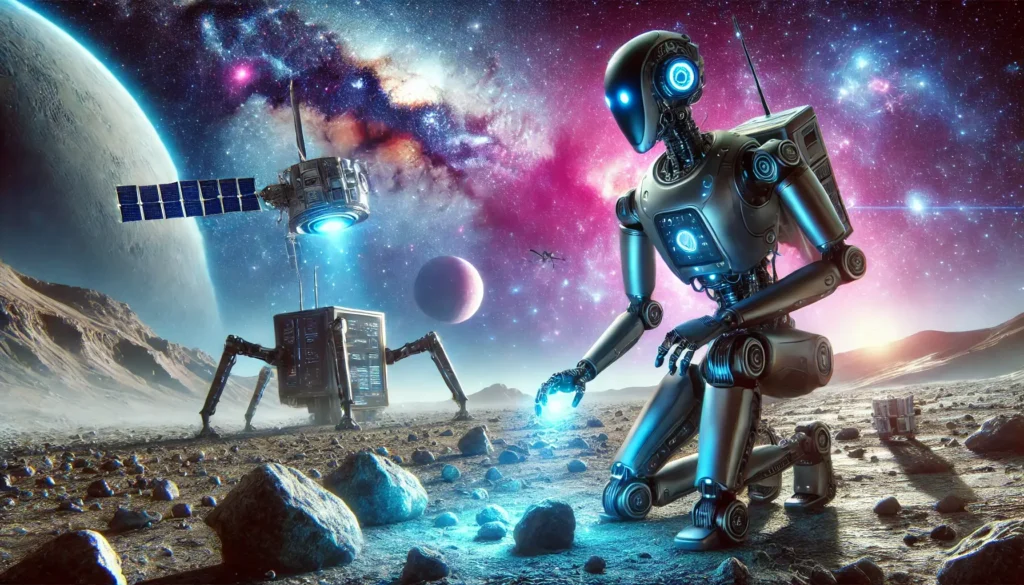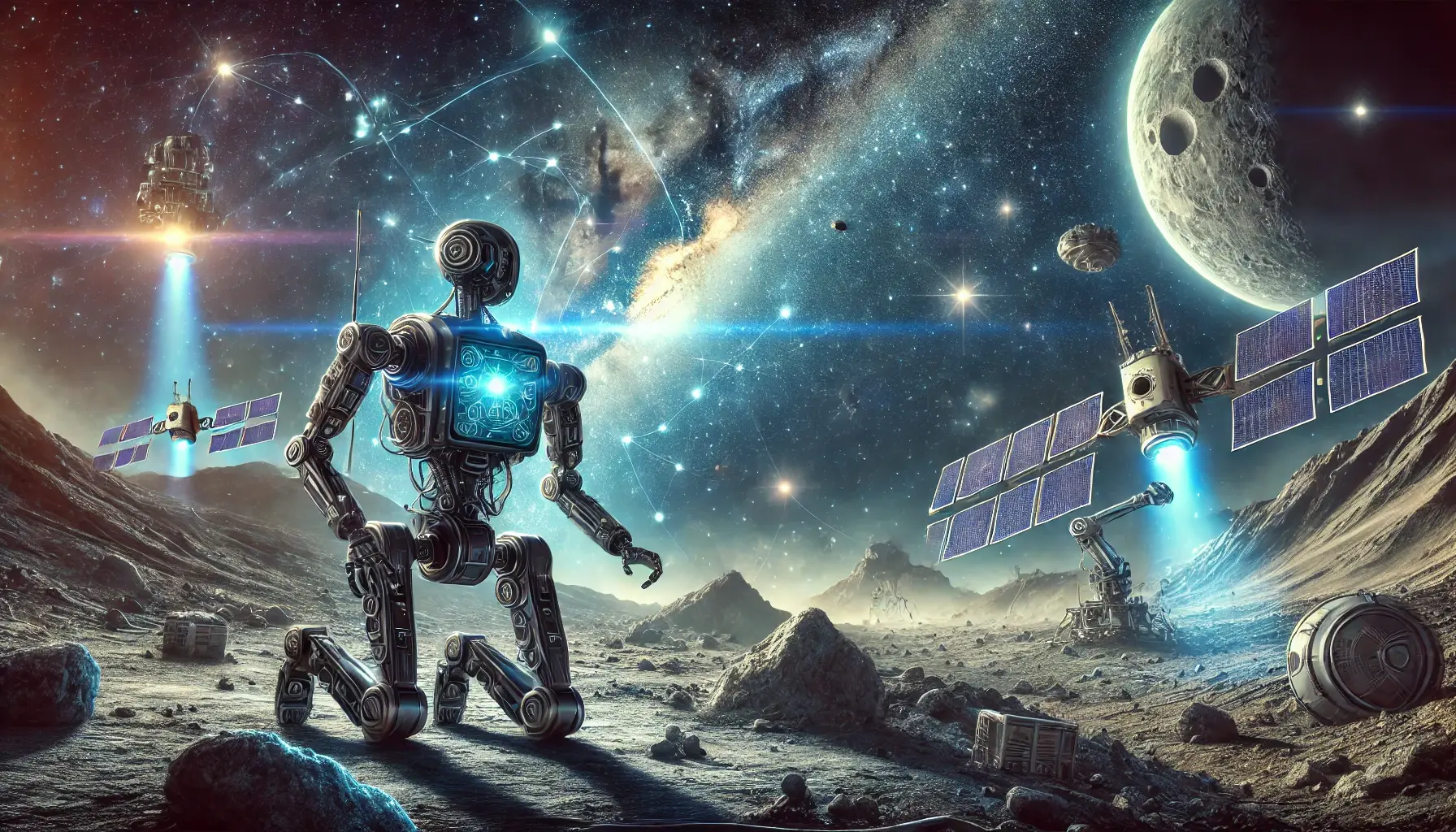As humanity continues to push the boundaries of space exploration, the integration of robotics and artificial intelligence (AI) is revolutionizing the way we navigate, study, and interact with the cosmos. This synergy of technologies is opening up new avenues for space research, enabling scientists to venture deeper into the unknown and uncover secrets that were previously inaccessible.
The Rise of Robotic Space Exploration
Robots have been an integral part of space exploration for decades, with pioneers like NASA’s Mars Rover and the European Space Agency’s Rosetta mission demonstrating the potential of autonomous spacecraft. However, recent advancements in robotics and AI have taken space exploration to new heights. Robots can now perform complex tasks, such as navigating treacherous terrain, collecting samples, and conducting experiments, with unprecedented precision and efficiency.

AI-Powered Space Exploration: A New Era
Artificial intelligence is playing an increasingly vital role in space exploration, enabling scientists to analyze vast amounts of data, identify patterns, and make predictions. AI-powered algorithms can process complex data sets, such as those generated by space telescopes, to detect subtle anomalies and identify potential targets for further study. Moreover, AI can optimize spacecraft operations, predict and prevent system failures, and even enable autonomous decision-making in real-time.
Key Applications of Robotics and AI in Space Exploration
- Planetary Exploration: Robots and AI are being used to explore planetary surfaces, atmospheres, and subsurfaces, providing unprecedented insights into the formation and evolution of our solar system.
- Asteroid Mining: AI-powered robots are being developed to explore and extract resources from asteroids, potentially paving the way for a new era of space-based resource utilization.
- Space Station Operations: AI and robotics are being used to optimize space station operations, including maintenance, repairs, and scientific experiments.
- Deep Space Communication: AI-powered algorithms are being developed to enable efficient and reliable communication between spacecraft and Earth, even at vast distances.


Challenges and Opportunities Ahead
While the integration of robotics and AI in space exploration holds tremendous promise, there are also significant challenges to overcome. These include:
- Radiation Hardening: Developing electronic systems that can withstand the harsh radiation environments found in space.
- Autonomy and Decision-Making: Enabling robots and AI systems to make decisions in real-time, without human intervention.
- Data Management and Analysis: Developing efficient algorithms and systems for managing and analyzing the vast amounts of data generated by space missions.
Conclusion
The synergy of robotics and AI in space exploration is opening up new frontiers in our understanding of the cosmos. As we continue to push the boundaries of space research, we can expect to see even more innovative applications of these technologies. From planetary exploration to asteroid mining, the possibilities are endless, and the potential rewards are boundless.


For Advertisment & Article Conatct :+91 7321012159